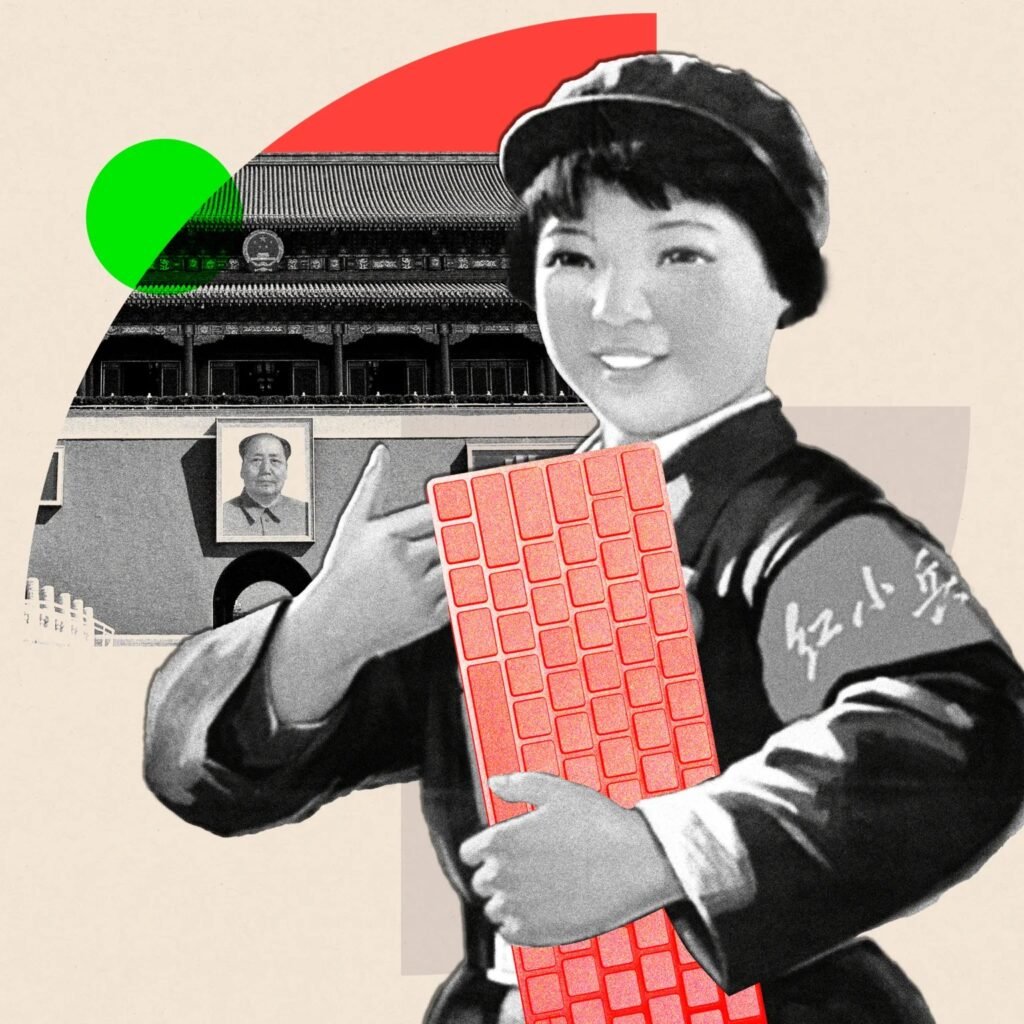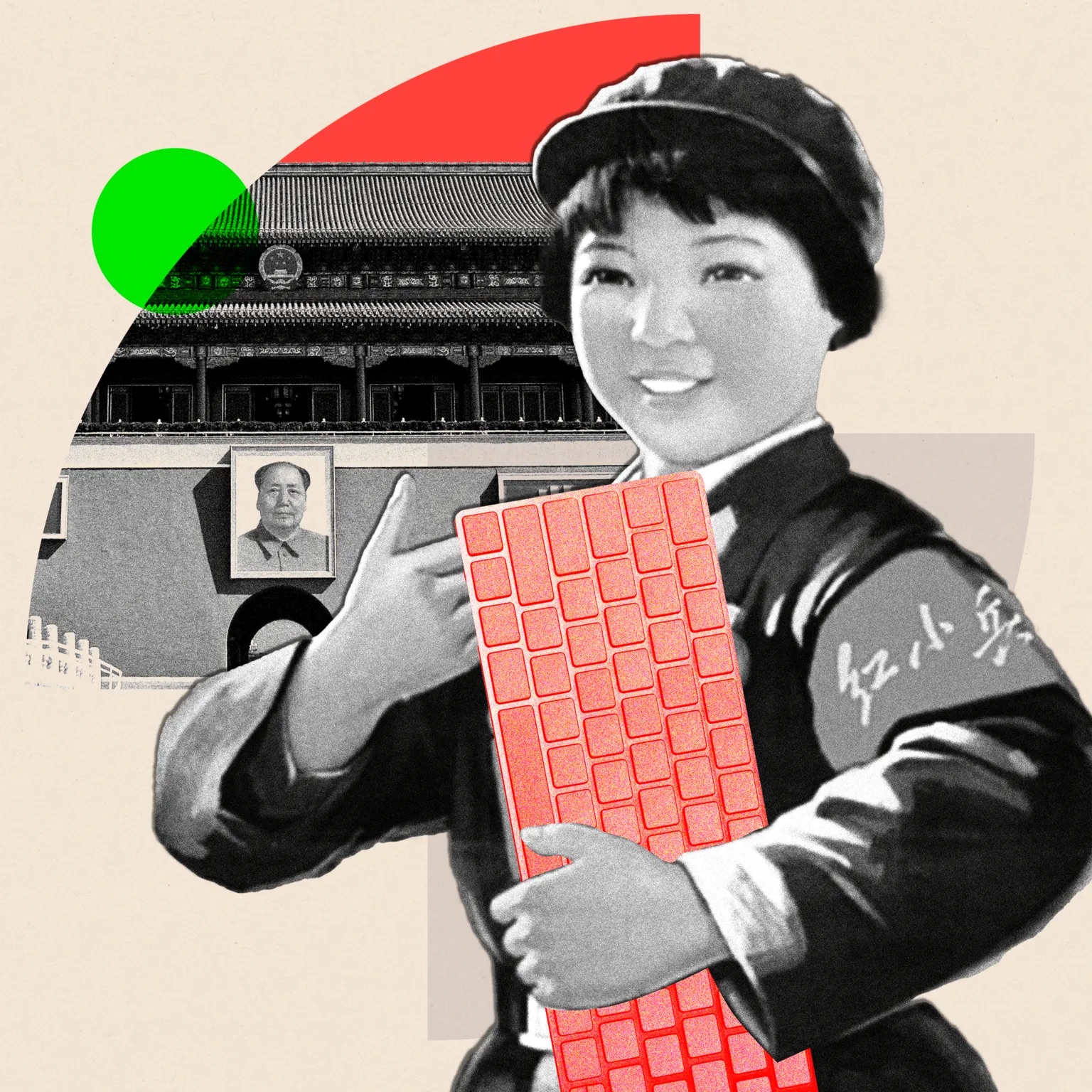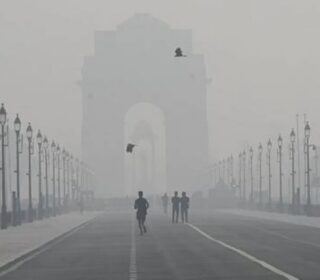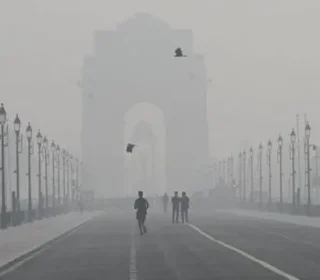
On a Tuesday morning in September, a 10-year-old boy was approaching the gates of a Japanese school in Shenzhen in southern China, when a stranger walked up and stabbed him.
He died of his injuries. The killing shocked Japan and China, and sparked a diplomatic furore.
The Japanese government said it believed what happened was motivated by xenophobia, with the country’s foreign minister blaming the attack on “malicious and anti-Japanese” social media posts.
Online commentators have noted the killing happened on a politically sensitive date – 18 September, which is the anniversary of an incident that led to the Japanese occupation of Manchuria in China in the early 1930s.
For some, what happened is a sign of online nationalism – manifesting in recent years as rising anti-foreigner rhetoric – spilling over into the real world.
For years, posts related to events during World War Two have proliferated on the Chinese internet, with the Japanese invasion during the war remaining a sensitive topic for nationalists on both sides. In China, Japan’s wartime atrocities have long been a sore point as Beijing maintains that Tokyo has never fully apologised.
The online posts are part of a wider phenomenon, which encompasses both xenophobia and attacks on Chinese nationals for being unpatriotic. One argument by analysts is that this digital nationalism has gone mostly unchecked by the Chinese government, with online patriotism fanning flames of anti-foreigner sentiment as well as accusations against Chinese figures.
Some are asking if this has gone too far. They have dubbed the online attacks calling Chinese figures unpatriotic a “Cultural Revolution 2.0”, the latest in a series of drives ensuring ideological purity. They see echoes of the violent, state-sponsored campaign against so-called enemies of the Chinese Communist Party (CCP) that traumatised the country in the 1960 and 1970s. Hundreds of thousands died in purges often led by youth militias known as the Red Guards. Families and neighbours turned on each other.
In a recent essay, author and university professor Zhang Sheng noted that “in the past people summoned the Red Guards, now people summon the ‘little pinks’” – a popular nickname for the virtual army of online nationalists.
Anti-foreigner posts
While many on Chinese social media mourned the killing of the Japanese schoolboy, a few cyber-nationalists struck a very different tone.
“I have no opinion on how Japanese die if they don’t apologise for history,” read one popular comment on Weibo, while another pointed out that the Japanese had killed many Chinese during World War Two “and haven’t apologised till this day. How could they be even close to being described as civilised?”
A Chinese official reportedly wrote messages in a private group chat saying it is “not a big deal to kill a Japanese child” and “it’s in our regulations to kill Japanese”. He has since been placed under investigation, according to local media outlet Phoenix News.
As Japanese officials demanded answers for the “despicable” crime, Beijing sought to play it down, heavily censoring discussion of the incident online and calling it an “accidental, individual case” and an “isolated incident”.
But this is the third high-profile attack on foreigners in recent months, all of which China has described as “isolated incidents”.
In June, a Japanese mother and her son were attacked at a bus stop outside a Japanese school, and a Chinese woman died while trying to shield them. This happened just weeks after four US university tutors were stabbed in a park in Jilin. While the motives for both attacks were also unclear, they spurred anxious discussion that they were linked to xenophobic rhetoric online.
Online campaigns
It is not just foreigners facing the ire of cyber-nationalists. In recent months, Chinese public figures and companies have also been castigated for being insufficiently patriotic.
Beverage giant Nongfu Spring is considered a Chinese business success story, with its mineral water bottles a ubiquitous sight across the country’s convenience stores and restaurant tables. But in March, nationalists accused the company of using Japanese elements in its product design. One of its logos was said to resemble a Shinto temple, while the iconic mineral water bottle’s red cap was deemed to be a reference to the Japanese flag.
It resulted in a brief but intense online campaign: some called for a boycott, while videos of people angrily stamping on Nongfu Spring bottles and chucking their drinks down the toilet were all over social media.

















